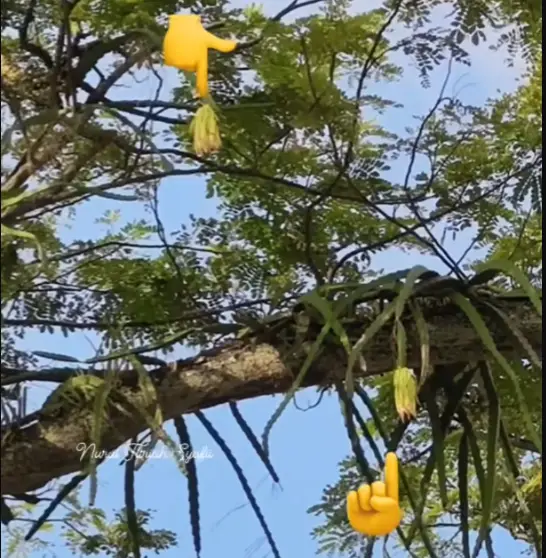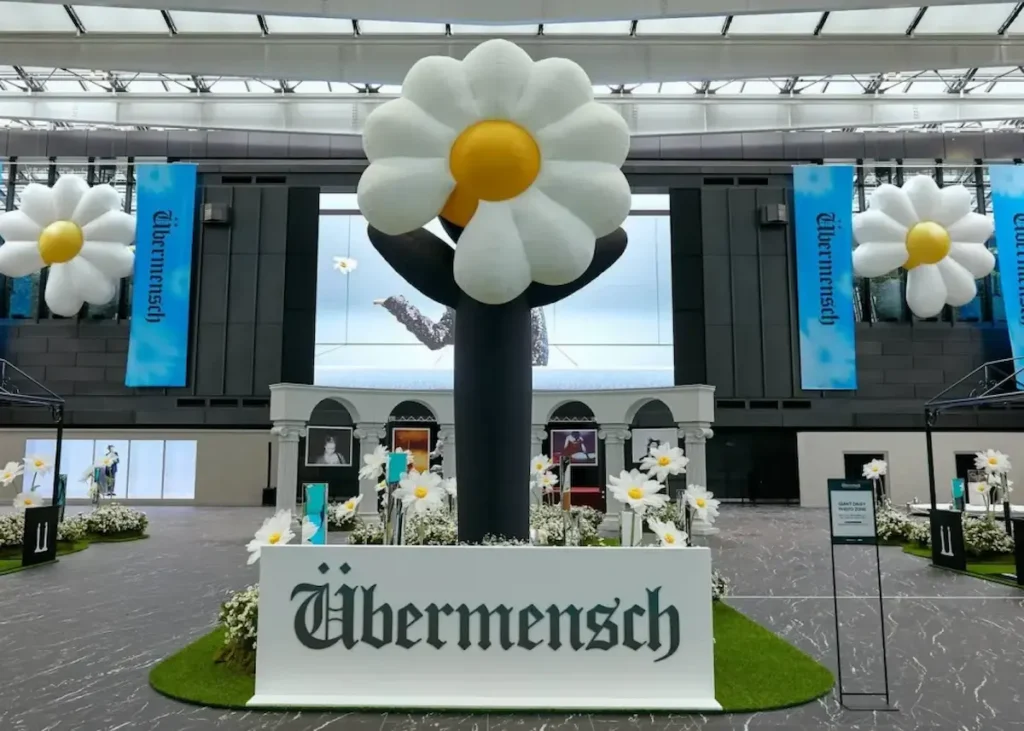Dragon Fruit Growing in Singapore: Urban Sightings Surprise Residents

Residents across Singapore have been surprised to find dragon fruit growing naturally in unexpected urban locations, from car parks in Ang Mo Kio to roadside trees in various Housing Development Board (HDB) estates. This unusual sight has captured the attention of locals and highlighted an interesting botanical phenomenon occurring throughout the city-state.
What Makes Dragon Fruit Unusual in Singapore?
Dragon fruit growing in Singapore appears unusual because most people don’t realise that dragon fruit comes from a climbing cactus. Unlike the typical desert cacti that many are familiar with, dragon fruit plants (scientifically known as Hylocereus undatus) are epiphytic cacti that naturally climb trees and structures in tropical environments. These plants use aerial roots to grip onto surfaces and can reach heights of up to 10 metres when they find suitable support.
The dragon fruit is native to Central and South America, particularly Mexico, Guatemala, and Costa Rica. It was later introduced to Southeast Asian countries like Vietnam, Thailand, and Malaysia through colonial trade routes. In Singapore, the appearance of wild dragon fruit plants represents an interesting case of urban naturalisation – where introduced species adapt and thrive in city environments.
Recent Sightings Across Singapore
In July 2025, dragon fruit growing in Singapore made headlines when residents spotted mature fruits ripening on trees in a car park along Ang Mo Kio Street 32. According to reports, two trees, each over 10 metres tall, had dragon fruit vines climbing up their trunks. One fruit has already ripened to a bright red colour.
A bus driver who frequently parks in the area noted that whilst the trees had been there for at least 50 years, the dragon fruit plants only began climbing up their trunks in recent years. This timing suggests that the seeds likely arrived through natural dispersal methods sometime within the past decade.
Dragon fruit growing in Singapore has also been observed in other locations including:
- Woodlands – where residents shared photographs on social media
- Clementi – spotted by local gardening enthusiasts
- Jurong East – documented by neighbourhood observers
- Pasir Ris Park – found growing on mature trees
- Teban Gardens – where foragers have located wild specimens
How Dragon Fruit Seeds Spread Naturally
The mystery of how dragon fruit growing in Singapore came to appear in these urban locations likely lies in natural seed dispersal. Local experts believe that birds play a crucial role in this process. When birds consume dragon fruit from nearby shops or cultivated plants, they later excrete the tiny black seeds in their droppings.
These seeds can then germinate when they land in suitable locations with adequate moisture and organic matter. Dragon fruit plants are remarkably hardy and can establish themselves in small crevices or areas where organic debris has accumulated around tree bases.
The climbing nature of dragon fruit plants makes them particularly well-suited to urban environments. Once established, the vines use their aerial roots to attach themselves to any available support structure – whether it’s a tree trunk, wall, or even utility poles.
Understanding Dragon Fruit Plant Behaviour
Dragon fruit growing in Singapore demonstrates several fascinating botanical characteristics. As climbing cacti, these plants exhibit thigmotropism – the ability to grow towards and around physical supports. This adaptation allows them to thrive in forest understoreys in their native habitat by climbing towards light.
The plants produce spectacular nocturnal flowers that can reach up to 35 centimetres in length. These large, white, fragrant blooms open only at night and typically last just one evening. In their natural habitat, the flowers are pollinated by bats and moths, though in urban Singapore, natural pollinators may be scarce.
Dragon fruit plants can begin producing fruit within 2-3 years when grown from cuttings, though plants grown from seed may take 4-5 years to reach maturity. Once established, a single plant can produce multiple harvests per year and continue bearing fruit for decades.
Urban Growing Conditions in Singapore
Singapore’s tropical climate provides excellent conditions for dragon fruit cultivation. The year-round warm temperatures, high humidity, and regular rainfall create an environment similar to the plants’ native Central American habitat.
However, dragon fruit growing in Singapore faces some unique urban challenges:
Light Requirements: Dragon fruit plants need substantial sunlight to flower and fruit effectively. In Singapore’s dense urban environment, plants may struggle if they’re overshadowed by buildings or other vegetation.
Support Structures: The climbing nature of dragon fruit requires sturdy support. Urban trees, walls, and infrastructure can provide this support, but the additional weight of mature vines may stress host trees.
Pollination: In urban environments, natural pollinators like bats and moths may be less common, potentially affecting fruit production. Some flowers may require hand pollination to set fruit successfully.
The Broader Context of Urban Farming in Singapore
The appearance of wild dragon fruit growing in Singapore occurs within a broader context of increasing urban agriculture in the city-state. Singapore imports approximately 90% of its food and has set ambitious targets to produce 30% of its nutritional needs locally by 2030.
This has led to numerous rooftop farming initiatives and community gardens across HDB estates. Many Singaporeans have embraced container gardening and vertical farming techniques to grow fruits and vegetables in limited urban spaces.
Dragon fruit has become popular among urban gardeners because:
- It can be grown in large containers on balconies or rooftops
- The plants are relatively low-maintenance once established
- A single plant can produce multiple fruits throughout the year
- The exotic appearance makes it an attractive ornamental plant
Implications for Singapore’s Urban Ecosystem
The natural establishment of dragon fruit growing in Singapore represents an interesting example of how introduced species can integrate into urban ecosystems. While dragon fruit is not native to Singapore, its presence demonstrates the city’s capacity to support diverse plant life.
From an ecological perspective, dragon fruit plants can provide several benefits:
- Food sources for urban wildlife, particularly birds
- Vertical greenery that contributes to urban biodiversity
- Carbon sequestration through photosynthesis
- Aesthetic value that enhances urban landscapes
However, monitoring is important to ensure that these plants don’t become invasive or overwhelm native vegetation in Singapore’s nature reserves and parks.
What This Means for Singapore Residents
For residents surprised by dragon fruit growing in Singapore in their neighbourhoods, these sightings represent an opportunity to observe urban nature adaptation in action. The fruits, when ripe, are perfectly edible and nutritious, though harvesting from public spaces should be done considerately and safely.
Those interested in cultivating their own dragon fruit plants can:
- Purchase cuttings from local nurseries
- Start plants from seeds saved from store-bought fruits
- Join community gardening groups to learn proper cultivation techniques
- Consider container growing for HDB balconies and rooftops
The phenomenon of dragon fruit growing in Singapore naturally serves as a reminder of nature’s resilience and adaptability in urban environments. As Singapore continues to develop as a “City in a Garden,” such unexpected botanical discoveries add to the rich tapestry of urban biodiversity that makes the island nation unique.
This unusual sight of dragon fruit thriving in Singapore’s urban landscape demonstrates how international plant species can find new homes in suitable climates, creating delightful surprises for residents and contributing to the ongoing story of Singapore’s evolving urban ecosystem.

Huawei Releases the ISP/MSP Business Success Driven by RAMS White Paper

Siam Paragon Bangkok Watch Week 2025 Opens with a Historic Celebration

Apical Joins Industry Leaders to Launch Aceh Sustainable Palm Oil Working Group

G-Dragon Pop-up Exhibition in Singapore - Ubermensch at Jewel

How to Open a Home Cafe in Singapore: Simple 5-Step Guide

BLACKPINK Adds Historic Third Night to Deadline Concert in Singapore This November

Lando Norris in Singapore: McLaren Star at Ralph Lauren Pop-Up Sept 30

Huawei Releases the ISP/MSP Business Success Driven by RAMS White Paper

Siam Paragon Bangkok Watch Week 2025 Opens with a Historic Celebration

Apical Joins Industry Leaders to Launch Aceh Sustainable Palm Oil Working Group







